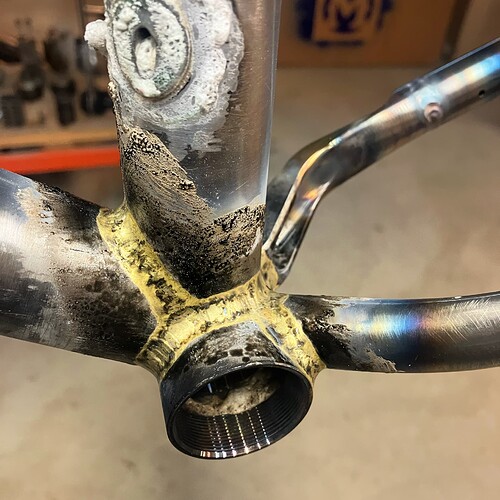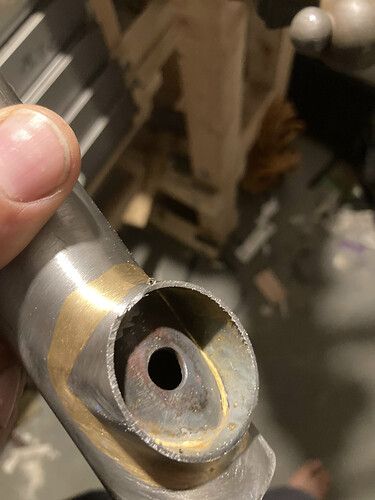There are a lot of people building fillet brazed bikes here, and I think it would be a good exercise to combine our knowledge and create a master document for the “new brazer”
Everything this person could want to know is already online, but finding it takes a lot of searching and weeding through bad and idiosyncratic info. I think it would be good to have a set of best practices in one place and that having it here would add to the value to the forum.
Masters like David Kirk and others have answered all possible questions on other forum sites, and Paul Brodie has made some really amazing videos on YouTube, but I would like to see if we can come up with a list of best practices that has all the information in one place.
I’ve started a bare bones outline below. Feel feee to add to it and expand upon subjects of your interest. Cite sources, if possible. I imagine this could be messy but I’ll try and make sense of it if other people contribute and it seems like we are getting somewhere.
@Daniel_Y, if you have a better idea of how to consolidate and present this info, please chime in.
Tools and Materials: Oxy-acetylene, Oxy-propane, Regulators, Paste flux, Inline gas flux, hoses, fittings, filler metals, heat sinks,
Preparation and startup: Metal cleaning, safety measures. Leak testing, setting regulators,
Brazing: Preheating, tinning, tacking, brazing sequences, material thicknesses,
Troubleshooting: porosity, distortion,
Post braze: line purging, regulators, flux removal, fillet filing,

